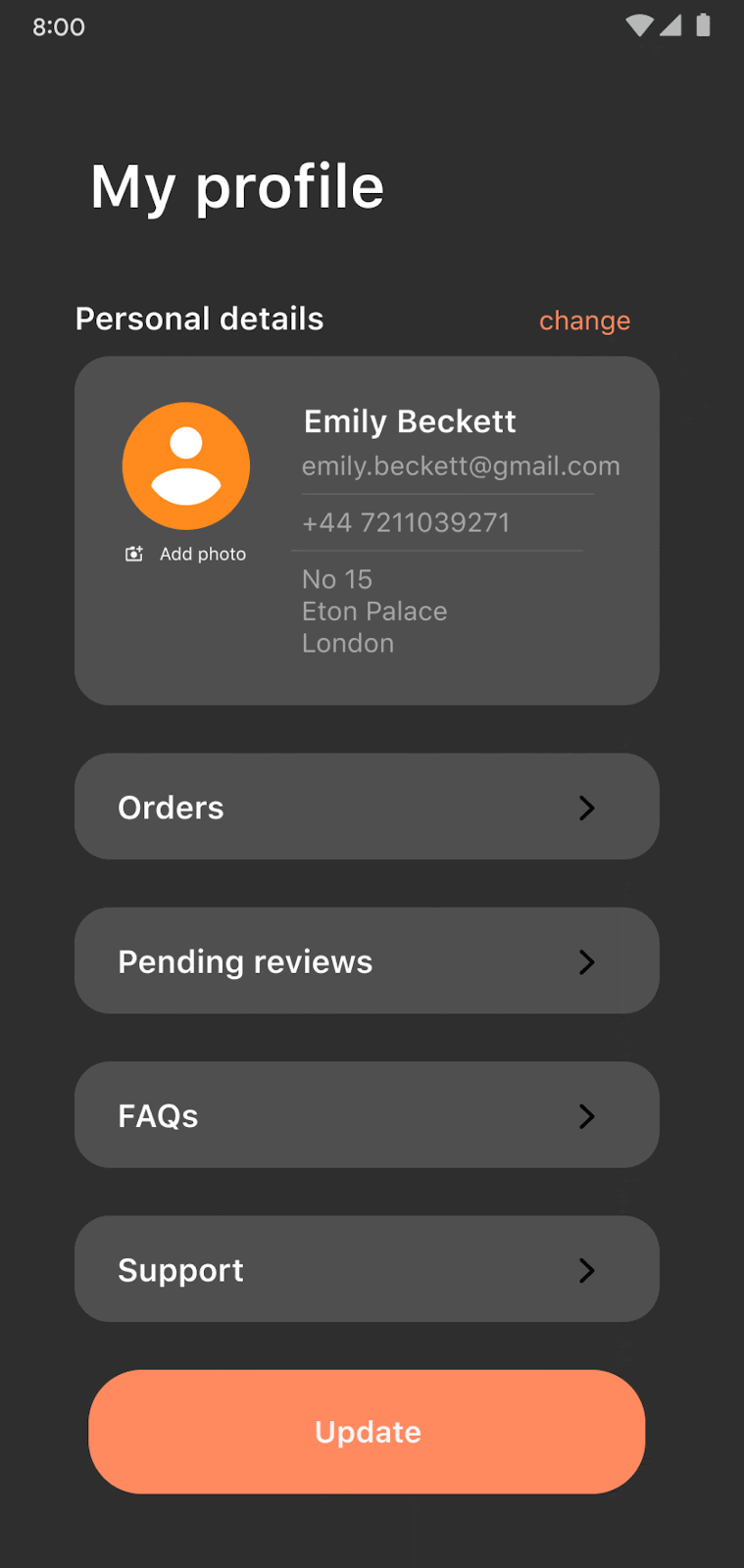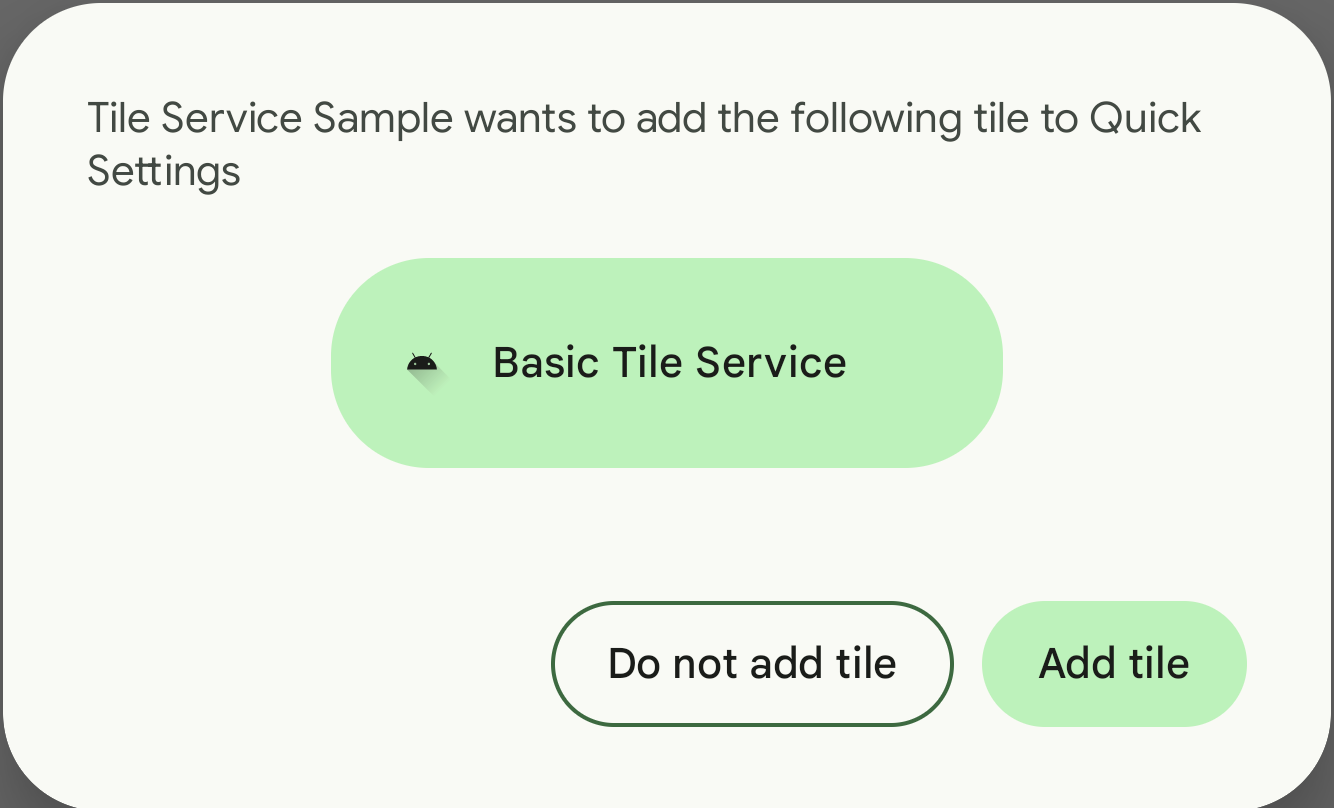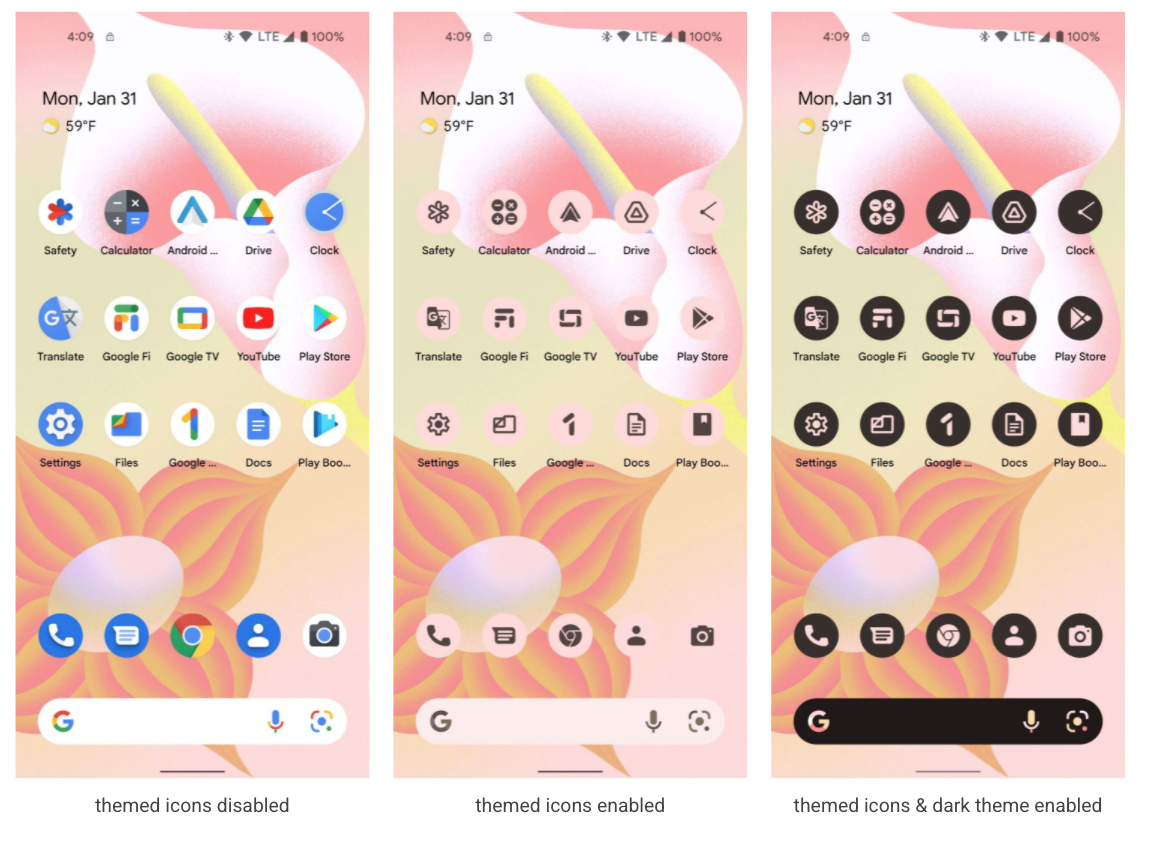The first developer preview of Android 13

Posted by Dave Burke, VP of Engineering
On daily basis, billions of individuals around the globe pull out their Android machine to assist them get issues completed. That Android works nicely for every one in all them is ensured partly by means of a collaborative course of with you, our developer neighborhood, sharing suggestions to assist us make Android stronger.
In the present day, we’re sharing a primary take a look at the following launch of Android, with the Android 13 Developer Preview 1. With Android 13 we’re persevering with some vital themes: privateness and safety, in addition to developer productiveness. We’ll additionally construct on a few of the newer updates we made in 12L that will help you reap the benefits of the 250+ million giant display Android gadgets presently operating.
That is simply the beginning for Android 13, and we’ll have heaps extra to share as we transfer by means of the discharge. Learn on for a style of what’s new, and go to the Android 13 developer website for particulars on downloads for Pixel and the discharge timeline. As all the time, it’s essential to get your suggestions early, to assist us embrace it within the remaining launch. We’re wanting ahead to listening to what you assume, and thanks prematurely on your continued help make Android a platform that works for everybody!
Privateness & safety on the core
Individuals need an OS and apps that they’ll belief with their most private and delicate data. Privateness is core to Android’s product ideas, and Android 13 focuses on constructing a accountable and prime quality platform for all by offering a safer surroundings on the machine and extra controls to the consumer. In at present’s launch, we’re introducing a photograph picker that enables customers to share images and movies securely with apps, and a brand new Wi-Fi permission to additional decrease the necessity for apps to have the situation permission. We advocate attempting out the brand new APIs and testing how the modifications could have an effect on your app.
Picture picker and APIs – To assist shield picture and video privateness of customers, Android 13 provides a system picture picker — a normal and optimized means for customers to share each native and cloud-based images securely. Android’s lengthy standing doc picker permits a consumer to share particular paperwork of any sort with an app, with out that app needing permission to view all media recordsdata on the machine. The picture picker extends this functionality with a devoted expertise for choosing images and movies. Apps can use the picture picker APIs to entry the shared images and movies without having permission to view all media recordsdata on the machine. We plan to deliver the picture picker expertise to extra Android customers by means of Google Play system updates, as a part of a MediaProvider module replace for gadgets (excepting Go gadgets) operating Android 11 and better. Give picture picker APIs a attempt to tell us your suggestions!

Picture picker supplies a constant, safe means for customers
to provide apps entry to particular images and movies.
Close by machine permission for Wi-Fi – Android 13 introduces the NEARBY_WIFI_DEVICES runtime permission (a part of the NEARBY_DEVICES permission group) for apps that handle a tool’s connections to close by entry factors over Wi-Fi. The brand new permission will probably be required for apps that decision many commonly-used Wi-Fi APIs, and allows apps to find and connect with close by gadgets over Wi-Fi without having location permission. Beforehand, the situation permission necessities had been a problem for apps that wanted to connect with close by Wi-Fi gadgets however didn’t really need the machine location. Apps concentrating on Android 13 will probably be now in a position to request the NEARBY_WIFI_DEVICES permission with the “neverForLocation” flag as a substitute, which ought to assist promote a privacy-friendly app design whereas lowering friction for builders. Study extra.
Developer productiveness and instruments
Android 13 additionally brings new options and instruments for developer productiveness. Serving to you create lovely apps that run on billions of gadgets is one in all our core missions – whether or not it’s in Android 13 or by means of our instruments for trendy Android growth, like a language you’re keen on in Kotlin or opinionated APIs with Jetpack. By serving to you’re employed extra productively, we purpose to decrease your price of growth so you possibly can deal with persevering with to construct wonderful experiences. Right here’s a few of what’s new in at present’s launch.
Fast Settings Placement API – Fast Settings within the notification shade is a handy means for customers to vary settings or take fast actions with out leaving the context of an app. For apps that present customized tiles, we’re making it simpler for customers to find and add your tiles to Fast Settings. Utilizing a brand new tile placement API, your app can now immediate the consumer to instantly add your customized tile to the set of lively Fast Settings tiles. A brand new system dialog lets the consumer add the tile in a single step, with out leaving your app, moderately than having to go to Fast Settings so as to add the tile.

Themed app icons – In Android 13 we’re extending Materials You dynamic shade past Google apps to all app icons, letting customers decide into icons that inherit the tint of their wallpaper and different theme preferences. All of your app wants to provide is a monochromatic app icon (for instance, your notification drawable) and a tweak to the adaptive icon XML. We’re encouraging all builders to supply appropriate icons to assist present a constant expertise for customers who’ve opted in. Themed app icons are initially supported on Pixel gadgets and we’re working with our machine producer companions to deliver them to extra gadgets. Study extra.

Per-app language preferences – Some apps let customers select a language that differs from the system language, to satisfy the wants of multilingual customers. Such apps can now name a brand new platform API to set or get the consumer’s most well-liked language, serving to to scale back boilerplate code and enhance compatibility when setting the app’s runtime language. For broader compatibility, we’ll be including an identical API in an upcoming Jetpack library. Study extra.
Sooner hyphenation – Hyphenation makes wrapped textual content simpler to learn and helps make your UI extra adaptive. In Android 13 we’ve optimized hyphenation efficiency by as a lot as 200% so now you can allow it in your TextViews with virtually no influence on rendering efficiency. To allow sooner hyphenation, use the brand new fullFast or normalFast frequencies in setHyphenationFrequency(). Give sooner hyphenation a attempt to tell us what you assume!
Programmable shaders – Android 13 provides assist for programmable RuntimeShader objects, with conduct outlined utilizing the Android Graphics Shading Language (AGSL). AGSL shares a lot of its syntax with GLSL, however works inside the Android rendering engine to customise portray inside Android’s canvas in addition to filtering of View content material. Android internally makes use of these shaders to implement ripple results, blur, and stretch overscroll, and Android 13 lets you create related superior results on your app.

AGSL animated shader, tailored
from
this GLSL Shader
OpenJDK 11 updates – In Android 13 we’ve began the work of refreshing Android’s Core Libraries to align with the OpenJDK 11 LTS launch, with each library updates and Java 11 programming language assist for app and platform builders. We additionally plan to deliver these Core Library modifications to extra gadgets by means of Google Play system updates, as a part of an ART module replace for gadgets operating Android 12 and better. Study extra.
App compatibility
With every platform launch we’re working to make updates sooner and smoother by prioritizing app compatibility as we roll out new platform variations. In Android 13 we’ve made most app-facing modifications opt-in to provide you extra time, and we’ve up to date our instruments and processes that will help you prepare sooner.
Extra of Android up to date by means of Google Play – In Android 13 we’re persevering with to increase our funding in Google Play system updates (Mission Mainline) to provide apps a extra constant, safe surroundings throughout gadgets, and to ship new options and capabilities to customers. We will now push new options like picture picker and OpenJDK 11 on to customers on older variations of Android by means of updates to present modules. We’ve additionally added new modules, such because the Bluetooth and Extremely wideband modules, to additional increase the scope of Android’s updatable core performance.
Optimizing for tablets, foldables, and Chromebooks – With all of the momentum in giant display gadgets like tablets, foldables, and Chromebooks, now could be the time to get your apps prepared for these gadgets and design absolutely adaptive apps that match any display. You will get began utilizing our steering on optimizing for tablets, then discover ways to construct for big screens and develop for foldables.
Simpler testing and debugging of modifications – To make it simpler so that you can take a look at the opt-in modifications that may have an effect on your app, we’ll make lots of them toggleable once more this 12 months. WIth the toggles you possibly can force-enable or disable the modifications individually from Developer choices or adb. Try the small print right here.

App compatibility toggles in Developer Choices.
Platform stability milestone – Like final 12 months, we’re letting our Platform Stability milestone nicely prematurely, to provide you extra time to plan for app compatibility work. At this milestone we’ll ship not solely remaining SDK/NDK APIs, but in addition remaining inside APIs and app-facing system behaviors. This 12 months we’re anticipating to succeed in Platform Stability in June 2022, and from that point you’ll have a number of weeks earlier than the official launch to do your remaining testing. The discharge timeline particulars are right here.

Get began with Android 13
The Developer Preview has every part you must attempt the Android 13 options, take a look at your apps, and provides us suggestions. For testing your app with tablets and foldables, the best approach to get began is utilizing the Android Emulator in a pill or foldable configuration – full setup directions are right here. For telephones, you may get began on a tool at present by flashing a system picture to a Pixel 6 Professional, Pixel 6, Pixel 5a 5G, Pixel 5, Pixel 4a (5G), Pixel 4a, Pixel 4 XL, or Pixel 4 machine. Should you don’t have a Pixel machine, you need to use the 64-bit system photographs with the Android Emulator in Android Studio. For even broader testing, GSI photographs can be found.
Once you’re arrange, listed here are a few of the issues it is best to do:
- Strive the brand new options and APIs – your suggestions is crucial throughout the early a part of the developer preview. Report points in our tracker or give us direct suggestions by survey for chosen options from the suggestions and requests web page.
- Take a look at your present app for compatibility – be taught whether or not your app is affected by default conduct modifications in Android 13. Simply set up your present printed app onto a tool or emulator operating Android 13 and take a look at.
- Take a look at your app with opt-in modifications – Android 13 has opt-in conduct modifications that solely have an effect on your app when it’s concentrating on the brand new platform. It’s extraordinarily vital to know and assess these modifications early. To make it simpler to check, you possibly can toggle the modifications on and off individually.
We’ll replace the preview system photographs and SDK usually all through the Android 13 launch cycle. This preliminary preview launch is for builders solely and never supposed for each day or shopper use, so we’re making it obtainable by guide obtain solely. When you’ve manually put in a preview construct, you’ll mechanically get future updates over-the-air for all later previews and Betas. Extra right here.
As we attain our Beta releases, we’ll be inviting shoppers to attempt Android 13 as nicely, and we’ll open up enrollments for the Android Beta program at the moment. For now, please observe that Android Beta is just not but obtainable for Android 13.
For full data, go to the Android 13 developer website.
Java and OpenJDK are emblems or registered emblems of Oracle and/or its associates.


Take a comment